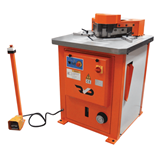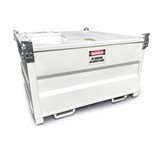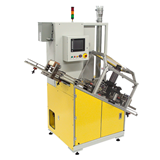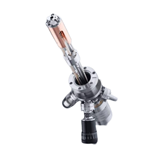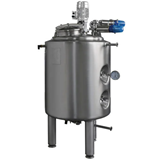The technique creates a fabric coating that repels water, dirt, grease and other materials. While such 'superhydrophobic' fabrics are not new, the team of scientists from the Australian Future Fibres Research and Innovation Centre at Deakin has developed a coating that is far more durable and water resistant than previously possible.
"Superhydrophobic surfaces have a wide range of applications including water repellency, self-cleaning, anti-contamination and corrosion protection," Deakin’s Associate Professor Tong Lin explained.
"What we have developed is coating that is more water-repellent than Teflon and highly durable against acids, organic solvents such as cooking oil and repeated machine washing."
As well as using the technique on cotton fabric, the team is looking into its medical application.
The key to the approach taken by the Deakin scientists is the combination of a layer-by-layer self-assembly technique with chemical bonding under UV irradiation.
Layer-by-layer self-assembly involves coating a material (cotton fabric in the case of the Deakin research) one thin layer at a time. This technique is used in the production of nano-layered materials used in building "smart" systems for drug delivery, sensor and energy applications.
While this technique is simple and allows for precise control over the coating thickness, the bond between layers is weak and prone to breaking down over time.
The Deakin scientists strengthened the bonds between layers, and improved the durability of the coating, through the addition of a group of chemicals that stick together more tightly when exposed to UV light.
When applied to cotton fabric, the new coating repelled water, and other materials, at a far greater rate than other superhydrophobic surfaces. For example, the contact angle used to measure water-repellence was 154 degrees where car wax has a 90-degree angle, Teflon a 95-degree angle and products used on car windscreens a 110-degree angle. The coating on the fabric was also still intact after 50 machine washes.
The scientists are now working on reducing the treatment cost and simplifying the process.
This project is one of many being undertaken by the research team into the development of 'smart fabrics'. Other projects include the development of a super liquid repellent coating that allows fabric to heal itself after being damaged and a super-durable superhydrophobic coating that mimics an old nanocomposite material, the car tyre.

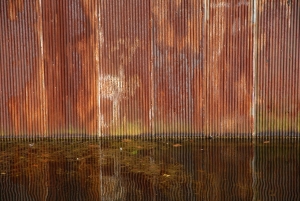
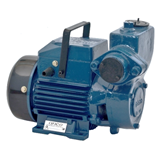
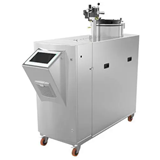
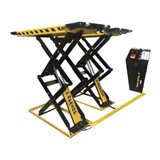
-160x160-state_article-rel-cat.png)


-160x160-state_article-rel-cat.png)
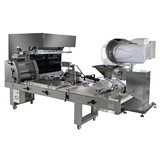



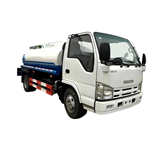
-160x160-state_article-rel-cat.png)


